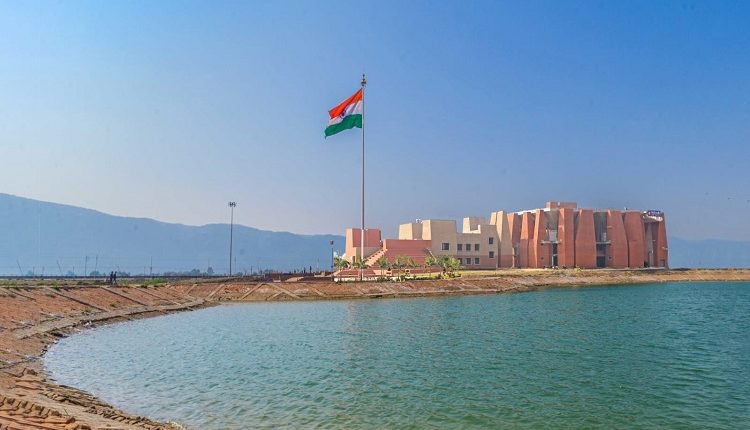Prime Minister Narendra Modi today inaugurated the new campus of Nalanda University at Rajgir, Bihar. The University is conceived as a collaboration between India and East Asia Summit(EAS) countries. Several eminent people including the Head of Missions of 17 countries attended the inauguration ceremony. Did you know that Nalanda Mahavihara, one the world’s ancient residential universities, once attracted students from all over the world, including countries like Japan, China, Korea, Tibet, Turkey, Mongolia, Sri Lanka and South East Asia. Some of its renowned students are Hiuen Tsiang and I-Tsing from China. At its peak, it had over 10,000 students and 2,000 teachers. Here’re seven other such amazing facts about it.
- Free Education: It is hard to believe that this big university offered free education to its students. But it is true! The education here was funded by the revenue from more than 100 villages, thus ensuring that knowledge was accessible to all, regardless of economic background.
- Daily Debates and Lectures: In order to foster critical thinking and scholarly discussions, the curriculum included daily lectures and debates. These were essential parts of the learning process.
- Advanced Architecture: The university complex reflected sophisticated planning and architecture. It had eight separate compounds, ten temples, several meditation halls, lakes, parks, and a nine-storied library.
- Center for Buddhist Studies: Primarily a center for Buddhist studies, various subjects such as grammar, logic, literature, astrology, astronomy, metaphysics , medicine and philosophy were also taught here.
- Extensive Library Collection: It housed one of the largest libraries of the ancient world, containing more than 9 million manuscripts. The library, known as Dharmaganja, consisted of three large buildings. One building called Ratnasagara, was a nine-storied building filled with manuscripts on various subjects. It is said that the library burned for three months after the invasion by Bakhtiyar Khilji.
- UNESCO World Heritage Site: In 2016, the ruins of the ancient Nalanda Mahavihara (Nalanda University) were declared a UNESCO World Heritage Site, recognising its historical and cultural significance.
- Rise & Fall: Nalanda Mahavihara was founded by Kumaragupta I (CE 413-455) of the great Gupta dynasty. King Harshavardhana of Kannauj (CE 606-647) and the Pala kings of east India (8th-12th Century CE) continued to extend patronage to this centre. Although its decline started in later Pala period but the final blow came in around CE 1200, when Bakhtiyar Khalji destroyed it by fire.
Source: Encyclopedia Britannica; Archaeological Survey of India; Indian Council for Cultural Relations; The Ministry of Culture, Government of India; UNESCO World Heritage Centre; National Mission for Manuscripts, India; Indo-Buddhist Heritage Forum
Do you have any other ideas? Share with us at info@thepeepertimes.com or connect on Facebook or X(Twitter)




Comments are closed, but trackbacks and pingbacks are open.